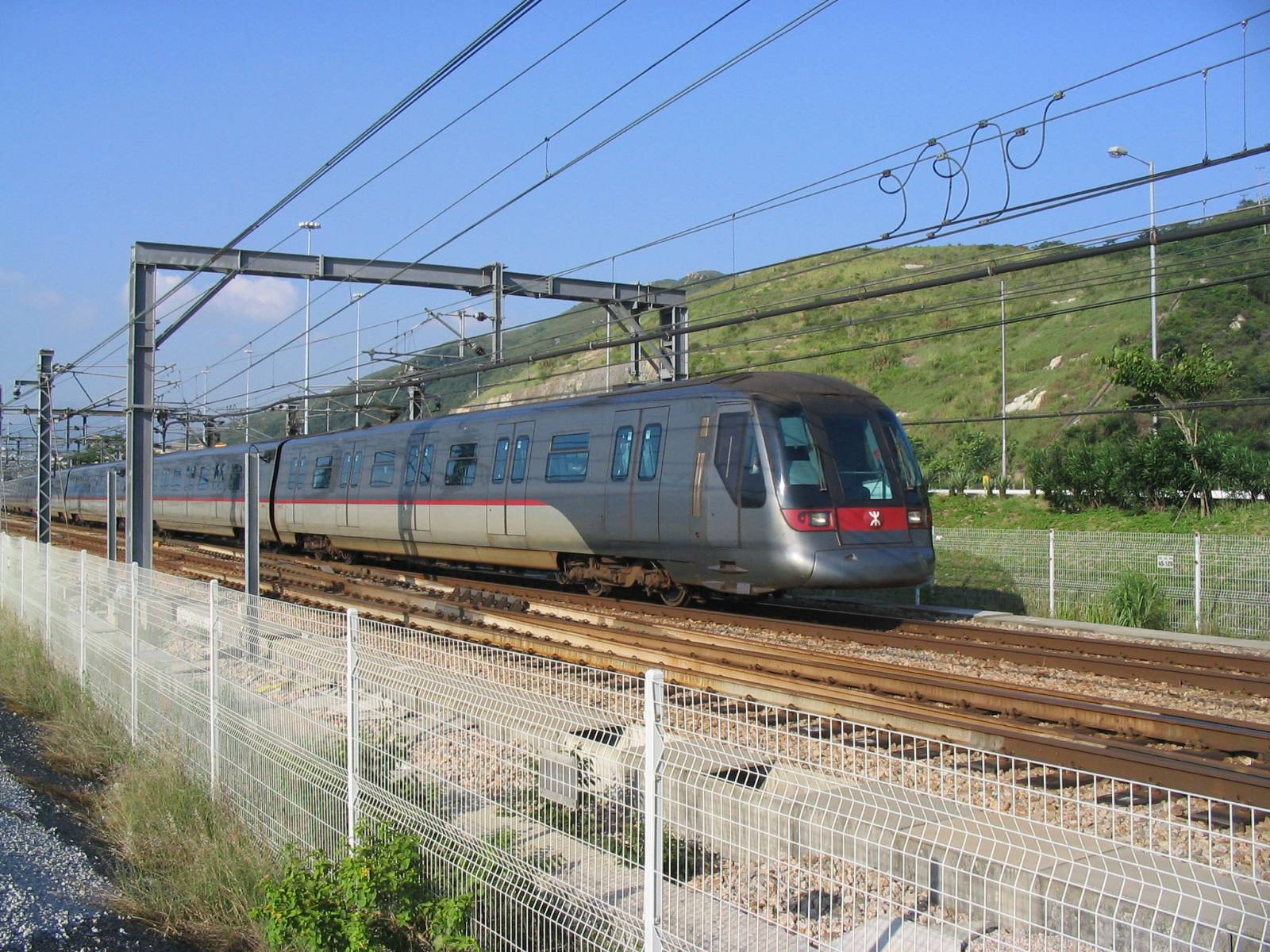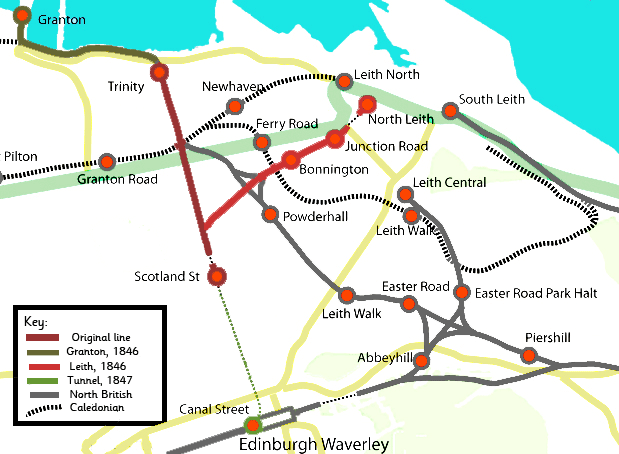|
British Rail Mark 5 (CAF)
The British Rail Mark 5 is the designation given to locomotive-hauled rail carriages built by Spanish manufacturer CAF for operation with Caledonian Sleeper. Description In 2015, the ''Caledonian Sleeper'' service, which had formed part of the ScotRail franchise, was split into a separate operation, with Serco as the new franchise operator. As part of the franchise agreement, Serco was committed to procuring new rolling stock to replace the operation's existing fleet of Mark 2 and Mark 3 passenger coaches. In February 2015, Serco signed a €200m deal with CAF to purchase 75 coaches of five different types. These are formed into a total of four 16-coach trains (London Euston to Fort William, Inverness and Aberdeen, London Euston to Edinburgh and Glasgow, plus the two respective return services), plus two coaches for Fort Willam-Edinburgh-Fort William, with nine coaches as spares, and are hauled by locomotives between London and Glasgow/Edinburgh, and s on unelectrifi ... [...More Info...] [...Related Items...] OR: [Wikipedia] [Google] [Baidu] |
Construcciones Y Auxiliar De Ferrocarriles
Construcciones y Auxiliar de Ferrocarriles (Grupo CAF, literally "Construction and Other Railway Services") is a Spanish publicly listed company which manufactures railway vehicles and equipment and buses through its Solaris Bus & Coach subsidiary. It is based in Beasain, Basque Autonomous Community, Spain. Equipment manufactured by Grupo CAF includes light rail vehicles, rapid transit trains, railroad cars and locomotives, as well as variable gauge axles that can be fitted on any existing truck or bogie. Over the 20 years from the early 1990s, CAF benefited from the rail investment boom in its home market in Spain to become a world player with a broad technical capability, able to manufacture almost any type of rail vehicle. CAF has supplied railway rolling stock to a number of major urban transit operators around Europe, the US, South America, East Asia, India, Australia and North Africa. History ''CAF'' was an acronym for the earlier name of ''Compañía Auxiliar de Fer ... [...More Info...] [...Related Items...] OR: [Wikipedia] [Google] [Baidu] |
Fort William Railway Station
, symbol_location = gb , symbol = rail , image = Fort William Station.JPG , borough = Fort William, Highland , country = Scotland , coordinates = , grid_name = Grid reference , grid_position = , manager = ScotRail , platforms = 2 , code = FTW , original = British Rail , years = 7 August 1894 , events = first station opened , years1 = 9 June 1975 , events1 = first station closed , years2 = 13 June 1975 , events2 = Present station opened , mpassengers = , footnotes = Passenger statistics from the Office of Rail and Road Fort William railway station is a railway station serving the town of Fort William in the Highland region of Scotland. It is on the West Highland line, between Spean Bridge and Banavie, measured from Craigendoran Junction, at ... [...More Info...] [...Related Items...] OR: [Wikipedia] [Google] [Baidu] |
Person With Reduced Mobility
A physical disability is a limitation on a person's physical functioning, mobility, dexterity or stamina. Other physical disabilities include impairments which limit other facets of daily living, such as respiratory disorders, blindness, epilepsy and sleep disorders. Causes Prenatal disabilities are acquired before birth. These may be due to diseases or substances that the mother has been exposed to during pregnancy, embryonic or fetal developmental accidents or genetic disorders. Perinatal disabilities are acquired between some weeks before to up to four weeks after birth in humans. These can be due to prolonged lack of oxygen or obstruction of the respiratory tract, damage to the brain during birth (due to the accidental misuse of forceps, for example) or the baby being born prematurely. These may also be caused due to genetic disorders or accidents. Post-natal disabilities are gained after birth. They can be due to accidents, injuries, obesity, infection or other illnesse ... [...More Info...] [...Related Items...] OR: [Wikipedia] [Google] [Baidu] |
Railway Gazette International
''Railway Gazette International'' is a monthly business magazine and news website covering the railway, metro, light rail and tram industries worldwide. Available by annual subscription, the magazine is read in over 140 countries by transport professionals and decision makers, railway managers, engineers, consultants and suppliers to the rail industry. A mix of technical, commercial and geographical feature articles, plus the regular monthly news pages, cover developments in all aspects of the rail industry, including infrastructure, operations, rolling stock and signalling. History ''Railway Gazette International'' traces its history to May 1835 as ''The Railway Magazine'', when it was founded by Effingham Wilson. The ''Railway Gazette'' title dates from July 1905, created to cover railway commercial and financial affairs. In April 1914 it merged with ''The Railway Times'', which incorporated '' Herapath's Railway Journal'', and in February 1935 it absorbed the ''Railway ... [...More Info...] [...Related Items...] OR: [Wikipedia] [Google] [Baidu] |
BBC News
BBC News is an operational business division of the British Broadcasting Corporation (BBC) responsible for the gathering and broadcasting of news and current affairs in the UK and around the world. The department is the world's largest broadcast news organisation and generates about 120 hours of radio and television output each day, as well as online news coverage. The service maintains 50 foreign news bureaus with more than 250 correspondents around the world. Deborah Turness has been the CEO of news and current affairs since September 2022. In 2019, it was reported in an Ofcom report that the BBC spent £136m on news during the period April 2018 to March 2019. BBC News' domestic, global and online news divisions are housed within the largest live newsroom in Europe, in Broadcasting House in central London. Parliamentary coverage is produced and broadcast from studios in London. Through BBC English Regions, the BBC also has regional centres across England and national new ... [...More Info...] [...Related Items...] OR: [Wikipedia] [Google] [Baidu] |
Polmadie TRSMD
Polmadie Traction and Rolling Stock Maintenance Depot (T&RSMD), also known as Polmadie Depot, Polmadie Traction Depot and Polmadie Carriage Maintenance Depot (Glasgow) is a railway maintenance depot on the West Coast Main Line in the Polmadie district of Glasgow, Scotland. The depot is run by Alstom, who maintain Avanti West Coast's fleet of Class 390 ''Pendolino''s built by Alstom, and Class 221 ''Super Voyager''s, originally built by Bombardier The depot is also used for daytime storage, maintenance and cleaning of Caledonian Sleeper stock. The depot was originally built in 1879 by the Caledonian Railway The Caledonian Railway (CR) was a major Scottish railway company. It was formed in the early 19th century with the objective of forming a link between English railways and Glasgow. It progressively extended its network and reached Edinburgh an .... References Rail transport in Scotland Transport in Glasgow 1879 establishments in Scotland Railway depots in Sc ... [...More Info...] [...Related Items...] OR: [Wikipedia] [Google] [Baidu] |
Velim Railway Test Circuit
The Velim test center ( cs, Zkušební centrum Velim) is a railway rolling stock testing facility at Cerhenice, close to the town of Kolín in the Central Bohemian Region of the Czech Republic. Perhaps its most notable feature is the Velim railway test circuit ('), which consists of two large standard gauge railway track ovals, designed to allow the continuous running of rail vehicles for evaluation and testing. The Velim test centre was constructed during the 1960s and was largely used for domestic purposes early on. During the 1990s, it became increasing popular with international customers, which drove demands to recondition the center's facilities to fulfill the latest standards of the rail industry. Between 2005 and 2014, an extensive modernisation programme was undertaken at Velim; this involved most aspects of its operations, including power supplies, signalling, overhead electrification, preparation halls, and track. The Velim test center is presently owned by the ''Railwa ... [...More Info...] [...Related Items...] OR: [Wikipedia] [Google] [Baidu] |
East Coast Main Line
The East Coast Main Line (ECML) is a electrified railway between London and Edinburgh via Peterborough, Doncaster, York, Darlington, Durham and Newcastle. The line is a key transport artery on the eastern side of Great Britain running broadly parallel to the A1 road. The line was built during the 1840s by three railway companies, the North British Railway, the North Eastern Railway, and the Great Northern Railway. In 1923, the Railway Act of 1921 led to their amalgamation to form the London and North Eastern Railway (LNER) and the line became its primary route. The LNER competed with the London, Midland and Scottish Railway (LMS) for long-distance passenger traffic between London and Scotland. The LNER's chief engineer Sir Nigel Gresley designed iconic Pacific steam locomotives, including '' Flying Scotsman'' and ''Mallard'' which achieved a world record speed for a steam locomotive, on the Grantham-to-Peterborough section. In 1948, the railways were nationalis ... [...More Info...] [...Related Items...] OR: [Wikipedia] [Google] [Baidu] |
British Rail Mark 4
The British Rail Mark 4 is a class of passenger carriages built for use in InterCity 225 sets on the East Coast Main Line between King's Cross, Leeds and Edinburgh. Withdrawals began in 2019, with some being sold for further use with Transport for Wales between Cardiff and Holyhead. History and construction A small build compared with the Mark 2 and Mark 3 designs, 314 Mark 4s coaches were built between 1989 and 1992 by Metro-Cammell's Washwood Heath factory to operate services on the newly electrified East Coast Main Line. They were operated by London North Eastern Railway and its predecessors in 30 fixed formations of nine carriages, with a Class 91 locomotive and Driving Van Trailer. The Mark 4 is an all-steel coach incorporating a number of improvements over the Mark 3 stock - notably the inclusion of automatic push-button operated plug-type doors, in place of manually operated slam-doors, fully sealed gangways and controlled emission toilets (CET). Body shells were ... [...More Info...] [...Related Items...] OR: [Wikipedia] [Google] [Baidu] |
Glasgow Central Railway Station
, symbol_location = gb , symbol = rail , image = Main Concourse at Glasgow Central Station.JPG , caption = The main concourse , borough = Glasgow, City of Glasgow , country = Scotland , coordinates = , grid_name = Grid reference , grid_position = , manager = Network Rail , platforms = 17 (including 2 on lower level) , code = GLC , zone = G2 , transit_authority = SPT , years = 1 August 1879 , events = High Level Station openedButt (1995), page 103 , years1 = 10 August 1896 , events1 = Low Level Station opened , years2 = 1901–1905 , events2 = High Level Station rebuilt , years3 = 1960 , events3 = Re-signalling , years4 = 5 October 1964 , events4 = Closure of Low Level Station , years ... [...More Info...] [...Related Items...] OR: [Wikipedia] [Google] [Baidu] |
Edinburgh Waverley Railway Station
Edinburgh Waverley railway station (also known simply as Waverley; gd, Waverley Dhùn Èideann) is the principal railway station serving Edinburgh, Scotland. It is the second busiest station in Scotland, after Glasgow Central. It is the northern terminus of the East Coast Main Line, from , although some trains operated by London North Eastern Railway continue to other Scottish destinations beyond Edinburgh. Location Waverley station is situated in a steep, narrow valley between the medieval Old Town and the 18th century New Town. Princes Street, the premier shopping street, runs close to its north side. The valley is bridged by the North Bridge, rebuilt in 1897 as a three-span iron and steel bridge, on huge sandstone piers. This passes high above the station's central section, with the greater half of the station being west of North Bridge. The central booking hall is just west of the northern massive stone pier of the bridge and cleverly hides it within its bulk. Wa ... [...More Info...] [...Related Items...] OR: [Wikipedia] [Google] [Baidu] |


.jpg)



_Central_Station%2C_Glasgow.jpg)
